CHILDCARE AND DEVELOPMENT
The vision of this program is rooted in the Foundation’s belief that “rebuilding communities starts from schools.” By investing in children, we are building the foundations of the future leaders that will help build better communities and in turn, pave the way for a better future for our country. GFD’s main areas of focus in this program are:
- Health-based services
- Educational services
In the health sector, GFD implements projects that treat children with various health problems such as problems with their eye sight and malnutrition which negatively impact their performance in school. As for the education sector, while education in Egypt continues to suffer from structural issues which negatively impact its quality, GFD believes that change can start from improvements at the grassroot level; which include building the capacity of public-school teachers, upgrading schools’ infrastructure and providing children with extra-curricular activities that foster creativity and enhance their learning abilities.
Our Reach
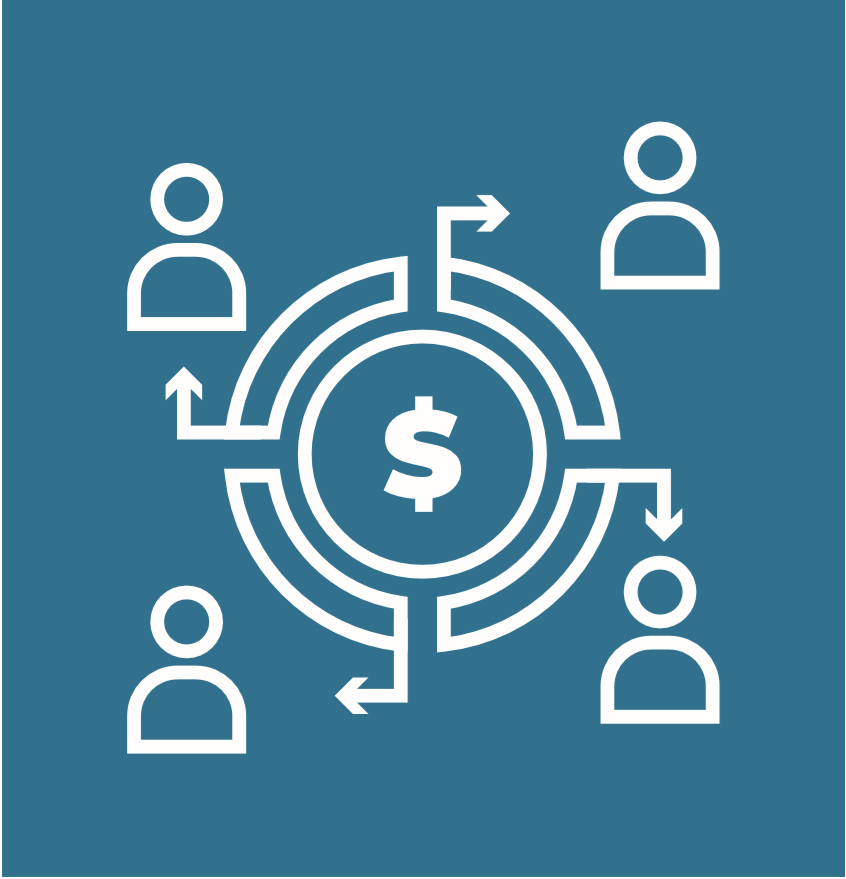
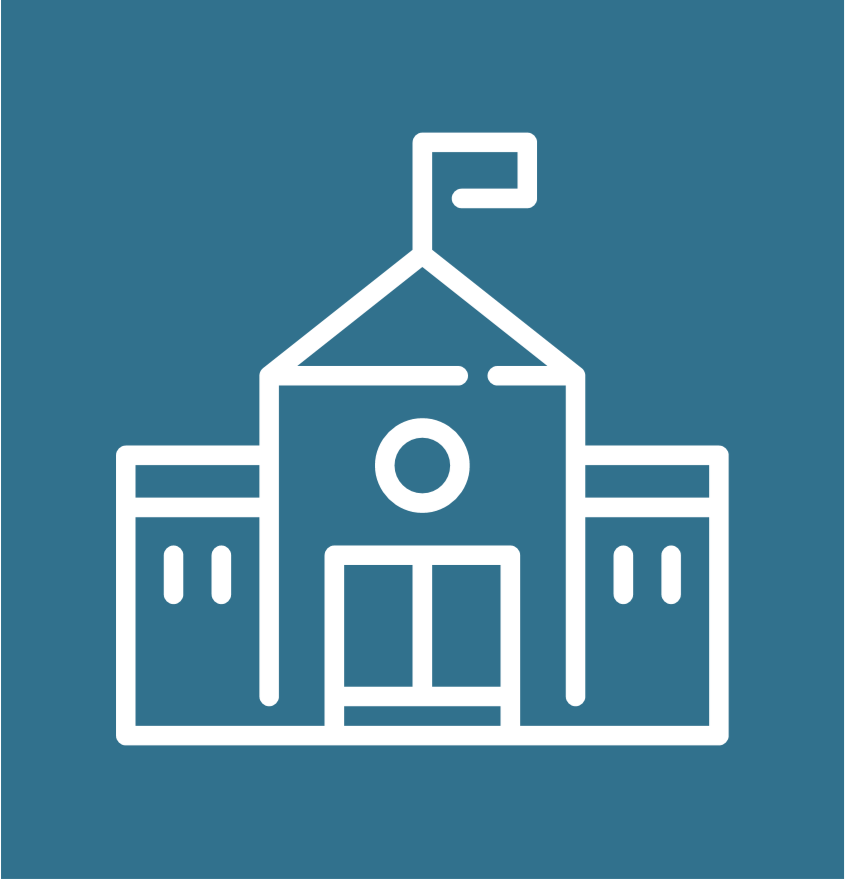

Approach

Inclusivity
- Provide eye care and nutrition workshops to promote social equality and academic performance.

Sustainability
- Improve education infrastructure for better learning outcomes and reduced dropout rates.
- Train public school staff to become agents of change with knowledge in financial planning and community initiatives.

Innovation
- Engage children in creative extracurricular activities, like interactive learning with LEGO, to develop problem-solving, communication, and teamwork skills.
Our Impact

GFD enhanced the infrastructures and facilities of public schools and renovated playgrounds. It has also increased the capacities of school staff including the Board of Trustees, administrators and teachers. Additionally, GFD provided creative extracurricular activities for children. GFD employed the use of innovative methods such as coloring books and interactive theater and the use of Lego in order to ensure that children were learning in a creative and innovative way which positively impacts their performance in school.

GFD provided children in underprivileged areas with safe and affordable medical care. By focusing on providing basic eye care, GFD launched eye care caravans in underprivileged communities which provided eyeglasses to children and raised their awareness on healthy practices. Additionally, the Foundation has also provided caravans to detect anemia for public school children as well as nutrition and reproductive health workshops for mothers to ensure that they can lead healthy lifestyles for their families.
Key Projects
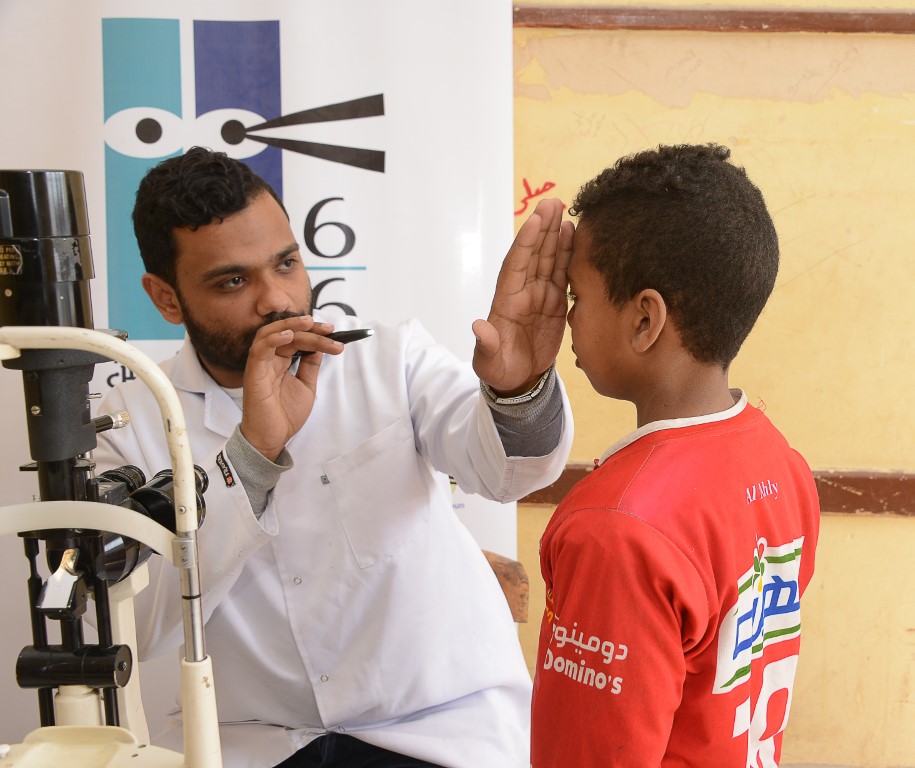
In partnership with the Commercial International Bank (CIB), the 6/6 Eye Medical Caravans project sought to increase the livelihoods of disadvantaged children from different backgrounds by providing optometry services and awareness raising sessions. The caravans targeted children and schools from low-income families who would not have been able/willing to visit an optician due to their economic situations in the following governorates: Cairo, Giza, Minya, Suez, Port Said, Assuit, Aswan, Gharbiya, Red Sea, and Dakahlia. The 6/6 Medical Caravans provided more than 318,096 School children from low-income families an opportunity to have their eyes examined and receive eye care services. The fully equipped 6/6 Medical Caravans provided eye tests, medication, glasses and lenses in addition to referrals to ophthalmologists for complex cases. A total of 471 Medical Caravan stations have been conducted across a total 401 schools. The project also incorporated the CIB employee volunteering program where a large number of the CIB staff members supported the service delivery in each caravan. The Caravan also contained a fully equipped pharmacy and an eye glasses shop to allow children to choose the frame design and color that suits them. Additionally, the children participated in awareness raising activities before their eye tests. To encourage the students to keep their eye protection tips in mind, colorful cartoon masks with the awareness messages were distributed to the children. To practically help them to apply what they learned during the awareness sessions, each child was given a towel and a bar of soap. Through demonstrating the targeted awareness messages to the children, they learned how some minor daily habits can help to prevent major eye problems in the long run.
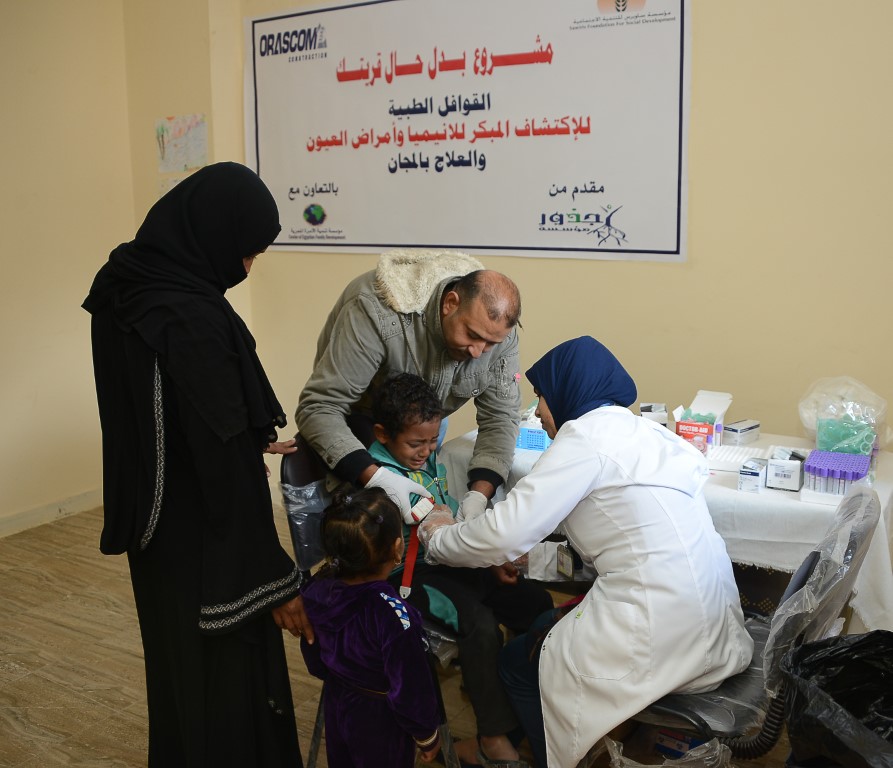
Anemia is one of the most common chronic diseases affecting the health of many groups within the Egyptian society, however, people living in rural and marginalized areas are at higher risk, as many marginalized Egyptian families are ignorant of these diseases and its long-term impact on their health. Poverty, ignorance and poor access to health services have also contributed to the rise and exacerbated effects of Anemia on the health of people in the deprived rural areas in Egypt. In this regard, the project “Super Seha” medical caravans was established as a component of a larger project named “Transform Your Own Village” which up took a comprehensive and sustainable approach towards achieving developmental goals with the aim of improving the lives of the people living in “El Fawal village” in Esna, Luxor governorate. The goal of this project was to diagnose and decrease the prevalence of Anemia disease among the parents and the students enrolled at the public elementary school of “Sidi Ahmed Ibn Edris” located in “El Fawal” village as well as increase the villager’s health awareness regarding the disease and provide the necessary medications through the two medical caravans which were able to support a total 1200 individuals (600 parents and 600 students).
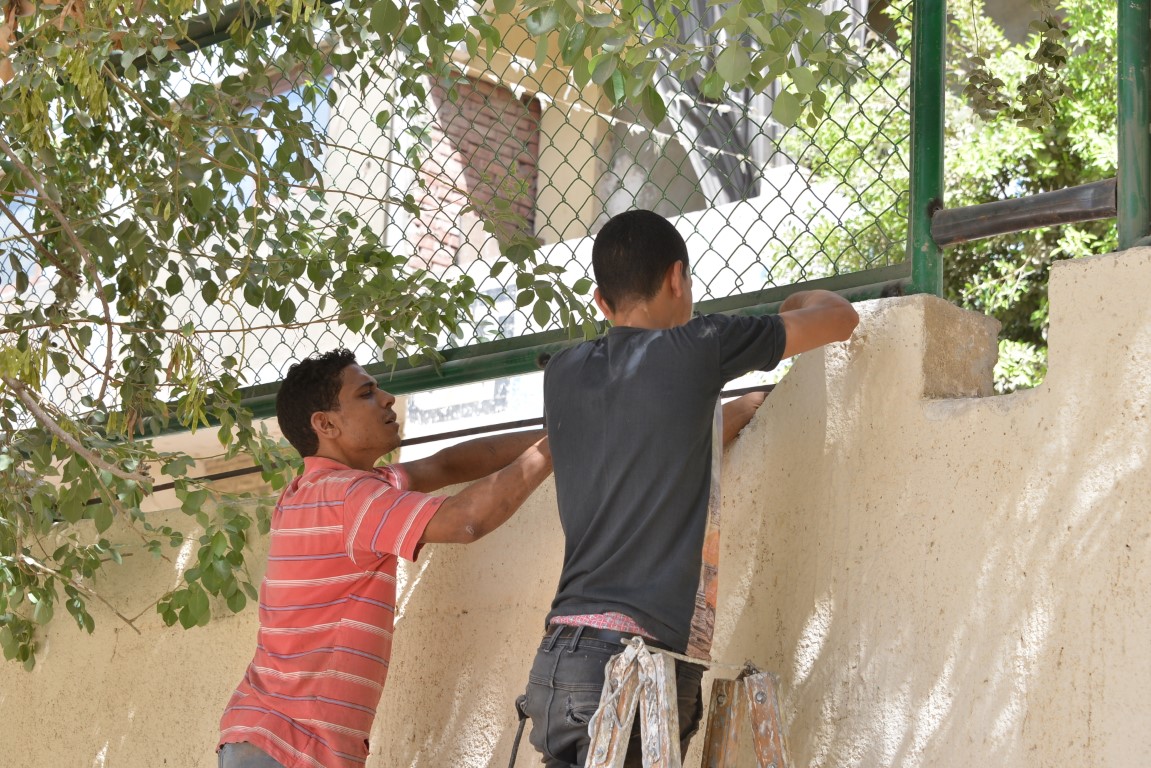
The “Enhancing the Overall Educational Services and Processes in Preparatory and Secondary Schools in Ezbet El Nasr” Project came as a response to an immediate need that was identified in the target area to improve educational and environmental conditions of two schools which provided education to almost 900 children. The project aimed to improve the educational services, especially for children, youth, and people with special needs in educational services through comprehensive intervention: governance; technical capabilities; and physical environment in both schools. The planned project activities sought to achieve the following results: that better governance and sustainable social accountability practices were established and strengthened at the two preparatory and secondary schools; increased capacity of school teachers in modern educational participatory techniques and student‐centered approaches; non‐formal educational spaces and activities are used by students and youth from Ezbet El Nasr local community; and upgraded school infrastructure and facilities. The main lessons learnt revolve around the active participation of the Government (MoE) and a solid commutation of the project’s objectives and outcomes to facilitate implementation and enhance results achievement. Moreover, the community involvement through Community Committees (CC) and Community-Based Organization (CBO) strengthened the outreach capacity of the project team, attracted community attention to the project and increased community trust in the project team.
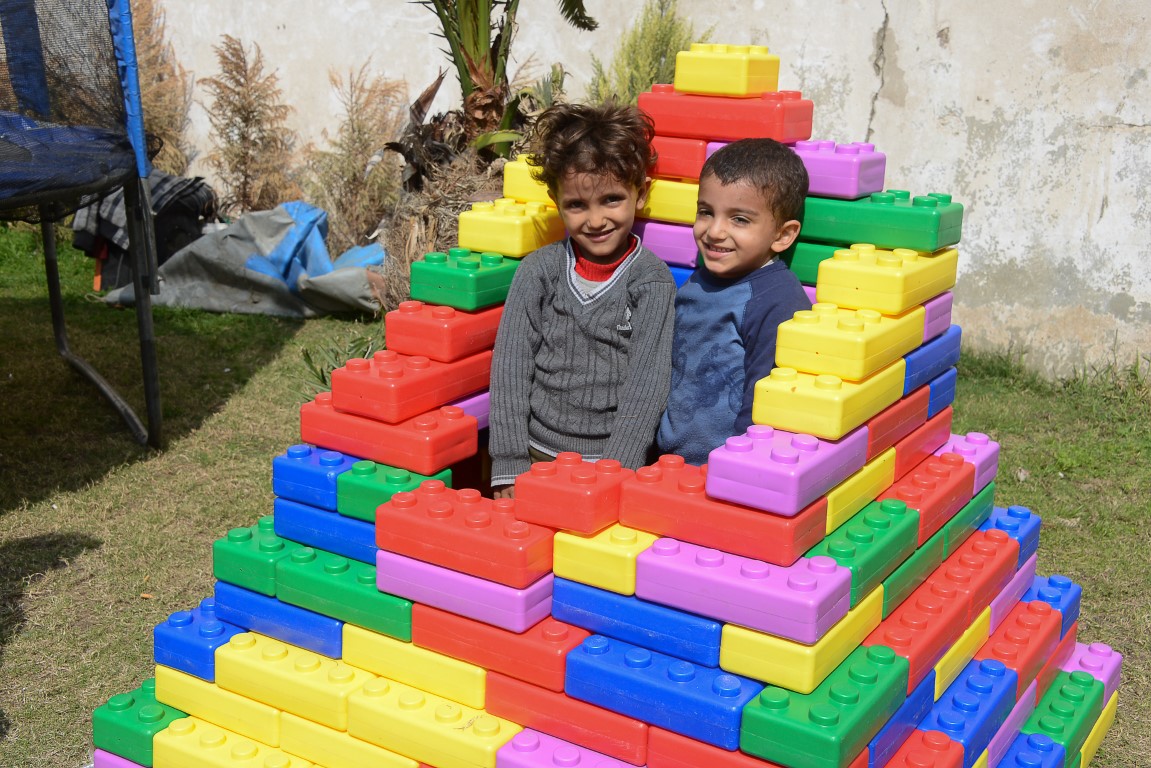
“Where is my Treasure?” Is a unique project that aimed to improve the capacity of Syrian and African refugees’ young children to learn and develop and reach their full potential, which also facilitated their integration in the Egyptian community and supported them towards becoming self-reliant. The project had a comprehensive approach where it primarily worked on improving stimulating practices in nurseries and kindergartens (KG) for children between the ages 2-7 years old and for 7-12 years old in community centres to empower them to become creative, engaged, and lifelong learners. The project positively contributed to the overall development of refugee children first through the provision of psychosocial support sessions which enabled 300 Syrian and African refugees’ children (young learner between the ages of 3-5 years) to enhance their physical growth and overall development (including cognitive, linguistic, and socio-emotional) from a very early age. Additionally, GFD provided the parents of 300 children (young learner between the ages of 3-5 years) sessions on positive parenting to support them in nurturing their children and enhancing their resilience and coping mechanisms. Finally, through the youth integration component of the project, the project managed to increase the awareness of Syrian and African refugees, and Egyptian children and youth regarding diversity and peaceful co-existence where a total of 7,000 refugees and Egyptians young boys and girls (6-17 years old) were able to identify common backgrounds which enabled them to interact and learn how to live together while respecting their differences and how to work together to approach peaceful coexistence in a collaborative approach.

The “Integrated Communities for Impactful Change” (ICIC) project, in collaboration with the UNFPA,
aims to foster awareness and shift social norms concerning population issues, with a focus on family
planning, the benefits of small family sizes, and enhancing access to reproductive health (RH) services
for Egyptian youth. This initiative targets Haya Karema villages and involves multiple stakeholders,
including Faith-Based Organizations (FBOs), religious and community leaders, educators, and students,
to act as agents of change. The project’s strategy includes capacitating these groups with essential
information and skills, alongside developing and implementing community engagement plans (CEPs) to
unify various ministries and stakeholders at the governorate level to address young people’s limited
access to youth-friendly health services. Additionally, the strategy also included leveraging sports and
theater-based techniques to reach youth and the development of multiple manuals in partnership with
the MOETE.
“Where is my Treasure?” Is a unique project that aimed to improve the capacity of Syrian and African refugees’ young children to learn and develop and reach their full potential, which also facilitated their integration in the Egyptian community and supported them towards becoming self-reliant. The project had a comprehensive approach where it primarily worked on improving stimulating practices in nurseries and kindergartens (KG) for children between the ages 2-7 years old and for 7-12 years old in community centres to empower them to become creative, engaged, and lifelong learners.
The project positively contributed to the overall development of refugee children first through the provision of psychosocial support sessions which enabled 300 Syrian and African refugees’ children (young learner between the ages of 3-5 years) to enhance their physical growth and overall development (including cognitive, linguistic, and socio-emotional) from a very early age. Additionally, GFD provided the parents of 300 children (young learner between the ages of 3-5 years) sessions on positive parenting to support them in nurturing their children and enhancing their resilience and coping mechanisms. Finally, through the youth integration component of the project, the project managed to increase the awareness of Syrian and African refugees, and Egyptian children and youth regarding diversity and peaceful co-existence where a total of 7,000 refugees and Egyptians young boys and girls (6-17 years old) were able to identify common backgrounds which enabled them to interact and learn how to live together while respecting their differences and how to work together to approach peaceful coexistence in a collaborative approach.
The “Enhancing the Overall Educational Services and Processes in Preparatory and Secondary Schools in Ezbet El Nasr” Project came as a response to an immediate need that was identified in the target area to improve educational and environmental conditions of two schools which provided education to almost 900 children. The project aimed to improve the educational services, especially for children, youth, and people with special needs in educational services through comprehensive intervention: governance; technical capabilities; and physical environment in both schools. The planned project activities sought to achieve the following results: that better governance and sustainable social accountability practices were established and strengthened at the two preparatory and secondary schools; increased capacity of school teachers in modern educational participatory techniques and student‐centered approaches; non‐formal educational spaces and activities are used by students and youth from Ezbet El Nasr local community; and upgraded school infrastructure and facilities. The main lessons learnt revolve around the active participation of the Government (MoE) and a solid commutation of the project’s objectives and outcomes to facilitate implementation and enhance results achievement. Moreover, the community involvement through Community Committees (CC) and Community-Based Organization (CBO) strengthened the outreach capacity of the project team, attracted community attention to the project and increased community trust in the project team.
Anemia is one of the most common chronic diseases affecting the health of many groups within the Egyptian society, however, people living in rural and marginalized areas are at higher risk, as many marginalized Egyptian families are ignorant of these diseases and its long-term impact on their health. Poverty, ignorance and poor access to health services have also contributed to the rise and exacerbated effects of Anemia on the health of people in the deprived rural areas in Egypt. In this regard, the project “Super Seha” medical caravans was established as a component of a larger project named “Transform Your Own Village” which up took a comprehensive and sustainable approach towards achieving developmental goals with the aim of improving the lives of the people living in “El Fawal village” in Esna, Luxor governorate. The goal of this project was to diagnose and decrease the prevalence of Anemia disease among the parents and the students enrolled at the public elementary school of “Sidi Ahmed Ibn Edris” located in “El Fawal” village as well as increase the villager’s health awareness regarding the disease and provide the necessary medications through the two medical caravans which were able to support a total 1200 individuals (600 parents and 600 students).
In partnership with the Commercial International Bank (CIB), the 6/6 Eye Medical Caravans project sought to increase the livelihoods of disadvantaged children from different backgrounds by providing optometry services and awareness raising sessions. The caravans targeted children and schools from low-income families who would not have been able/willing to visit an optician due to their economic situations in the following governorates: Cairo, Giza, Minya, Suez, Port Said, Assuit, Aswan, Gharbiya, Red Sea, and Dakahlia.
The 6/6 Medical Caravans provided more than 318,096 School children from low-income families an opportunity to have their eyes examined and receive eye care services. The fully equipped 6/6 Medical Caravans provided eye tests, medication, glasses and lenses in addition to referrals to ophthalmologists for complex cases. A total of 471 Medical Caravan stations have been conducted across a total 401 schools. The project also incorporated the CIB employee volunteering program where a large number of the CIB staff members supported the service delivery in each caravan. The Caravan also contained a fully equipped pharmacy and an eye glasses shop to allow children to choose the frame design and color that suits them. Additionally, the children participated in awareness raising activities before their eye tests. To encourage the students to keep their eye protection tips in mind, colorful cartoon masks with the awareness messages were distributed to the children. To practically help them to apply what they learned during the awareness sessions, each child was given a towel and a bar of soap. Through demonstrating the targeted awareness messages to the children, they learned how some minor daily habits can help to prevent major eye problems in the long run.





